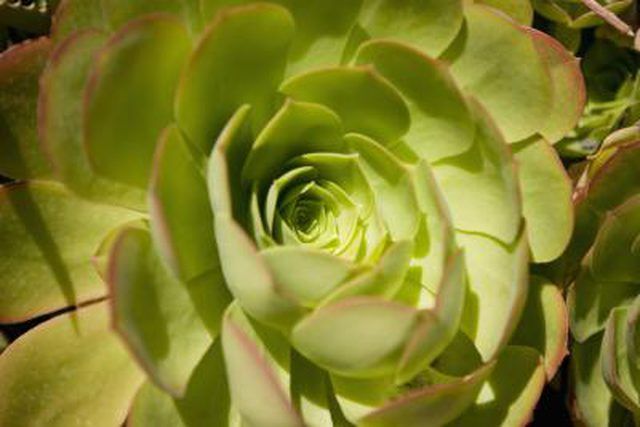Bulbs
Flower Basics
Flower Beds & Specialty Gardens
Flower Garden
Garden Furniture
Garden Gnomes
Garden Seeds
Garden Sheds
Garden Statues
Garden Tools & Supplies
Gardening Basics
Green & Organic
Groundcovers & Vines
Growing Annuals
Growing Basil
Growing Beans
Growing Berries
Growing Blueberries
Growing Cactus
Growing Corn
Growing Cotton
Growing Edibles
Growing Flowers
Growing Garlic
Growing Grapes
Growing Grass
Growing Herbs
Growing Jasmine
Growing Mint
Growing Mushrooms
Orchids
Growing Peanuts
Growing Perennials
Growing Plants
Growing Rosemary
Growing Roses
Growing Strawberries
Growing Sunflowers
Growing Thyme
Growing Tomatoes
Growing Tulips
Growing Vegetables
Herb Basics
Herb Garden
Indoor Growing
Landscaping Basics
Landscaping Patios
Landscaping Plants
Landscaping Shrubs
Landscaping Trees
Landscaping Walks & Pathways
Lawn Basics
Lawn Maintenance
Lawn Mowers
Lawn Ornaments
Lawn Planting
Lawn Tools
Outdoor Growing
Overall Landscape Planning
Pests, Weeds & Problems
Plant Basics
Rock Garden
Rose Garden
Shrubs
Soil
Specialty Gardens
Trees
Vegetable Garden
Yard Maintenance
How to Care for Succulent Plants in the Winter
How to Care for Succulent Plants in the Winter. Succulents are often exotic-looking plants with thick, fleshy leaves and stems designed to store water and help the plants thrive in warm, dry areas. Succulents grow throughout the world and include such diverse plants as jade (*Crassula argentea*), which grows as a perennial outdoors in U.S....

Succulents are often exotic-looking plants with thick, fleshy leaves and stems designed to store water and help the plants thrive in warm, dry areas. Succulents grow throughout the world and include such diverse plants as jade (Crassula argentea), which grows as a perennial outdoors in U.S. Department of Agriculture plant hardiness zones 10 through 11, and greenii hens and chicks (Sempervivum tectorum subspecies greenii), which is hardy in USDA zones 4 through 9. Although certain succulents must be moved indoors during the winter months in some U.S. locations, many thrive outdoors in even very cold temperatures when they receive proper care.
Plant Winter-Hardy Varieties
Choose winter-hardy succulents for the easiest winter care. Those plants include greenii hens and chicks, hardy ice plant (Delosperma cooperi, USDA zones 5 through 11) and 'Golden Sword' yucca (Yucca filamentosa 'Golden Sword', USDA zones 4 through 9). Although these succulents may wither or change color during cold weather, that is normal, and you will not have to provide them with winter protection.
Keep the Soil Dry
In northern U.S. states, succulents need far less water during the winter months than they do in summer. Stop fertilizing and watering succulents in late fall to prevent hydrated plants from freezing during winter. During cold months, keep their soil as dry as possible, and ensure your succulents receive enough air circulation to prevent dampness. If the soil around your succulents appears wet, then add sand to the soil to keep the plants' roots dry. A mixture that is one-third loam, one-third sand and one-third peat moss is reliable.
Protect Them from Frost
If freezing temperatures are expected, cover the succulents with fabric, such as an old bed sheet, or with a frost cloth, which is available from plant nurseries. Completely cover the succulents with the material, and place cinder blocks or other heavy objects on the material's edges to keep it in place. Avoid using a plastic cover, which prevents air circulation and makes sunlight too intense for plants.
As soon as the danger of frost passes, remove the material to encourage air circulation and provide sunlight.
Relocate Them as Needed
If your succulents are in pots, then place them in the most ideal conditions possible for cold weather. For example, put the potted plants in a sunny location under a porch or eaves if winters in your area are rainy. If temperatures become cooler than normal, place the container succulents near boulders, shrubs or walls that face south or west; those structures and plants retain heat.
Another option is to move potted succulents indoors to help them thrive during frosty weeks or months. Place them in front of a bright, sunny window, and water their soil to prevent the plants from withering; water thoroughly, until water comes out the pots' bottom drain holes. Allow the soil to dry out completely before you water again.
Do not fertilize the succulents during the winter months.